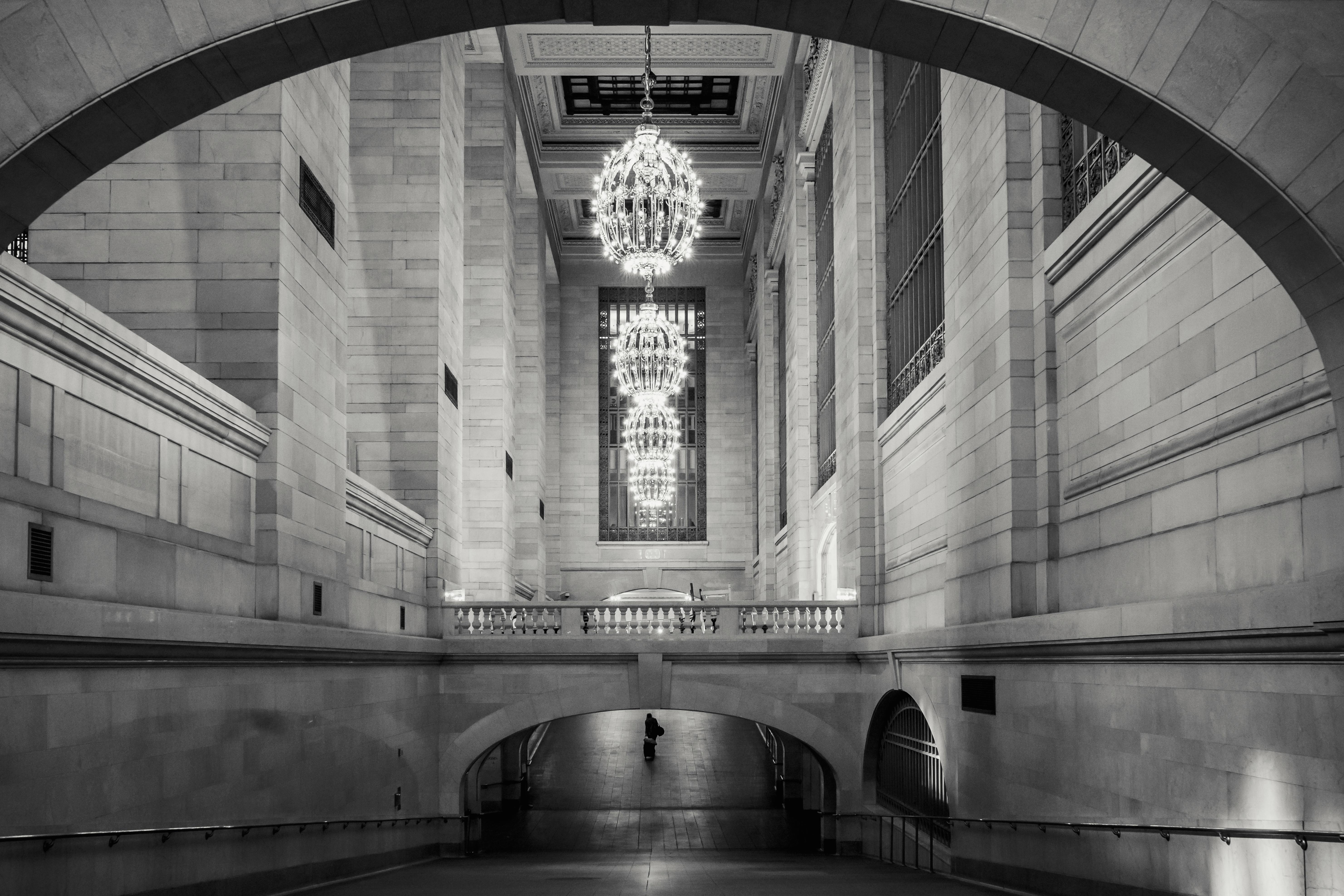We’ll start with the cameras. Draw a simple plan of your home or business and decide where you want to place the cameras. This will also help you determine how many cameras you need. If all the cameras are in the same building and close to each other (within 300 feet), you will need a DVR to record and process the signals from the cameras. However, if you’re going to be locating cameras in different buildings and more than 300 feet apart, you’ll want to consider two or more DVRs. These DVRs can be networked into your system with any computer network port. A camera should be looking at entry doors, out-of-sight areas, and perhaps exterior entry or escape areas, to name a few. Putting cameras in every bedroom or storage closet will be a waste of resources. The cameras need to miss rooms or areas where there is something valuable to steal or where a problem like a water leak or damage would be disastrous. Currently, there are standalone DVRs or security DVRs that will control 4, 8, 12, 16, 24 or 32 cameras. Anticipate any future growth needs, but if a 4-camera system meets your needs, you don’t need a 16-camera DVR.
Let me discuss the size of the standalone DVR or security DVR. Many people determine after purchasing a system that they need more cameras. A good rule of thumb to use when shopping for DVRs is that you are only using 75% of their capacity. Buy a 4 channel DVR if you need three cameras or an 8 channel DVR if you are going to use 6 cameras. Under normal circumstances, a wired DVR and camera system should stay within 150-300 feet of each other, which means that with two cameras facing different directions you can cover 300-600 feet. A low-power wireless system works great up to 1,500 feet, while a high-power transmitter will work comfortably 3,000 to 6,000 feet from the DVR. If you’re using a different building with walls and distance is a factor with cabling or reception, consider two DVRs and they can be connected to any computer port on your network. Another factor is the power supply of the DVR. Having a second DVR on a different electrical circuit or network can increase security in case the burglar cuts the wires or cuts the power. If your situation requires more space between the cameras and the DVR, please talk to your provider and there are things like changing the cable that can increase the distance. Although most systems advertise longer distances, I’m being conservative as the type of cable and composition of the walls make a big difference in the reception range of the wired or wireless camera.
When purchasing your cameras, you should purchase weatherproof cameras for outdoor use, even if they are placed under an eave or driveway roof. Day and night cameras work well in lit areas, but in total darkness you will need an infrared security camera. The downside of an infrared camera is that you can see the LEDs at night. For covert cameras, the smaller bullet camera or dome camera are a good choice and are usually not noticed by passersby. In areas where you want camera visibility to deter crime, use professional CCTV cameras located in outdoor enclosures. These professional cameras have a variety of features including auto gain, auto iris, and backlight compensation. You can also get a wide angle or zoom lens that can be controlled remotely through your DVR.
The decision to buy a wired or wireless system depends on four basic points:
- Cost: A wired system is less expensive than a wireless system.
- Reliability: A wired system is more reliable than a wireless system.
- Ease of Installation: It’s easier and faster to install a wireless system.
- Flexibility – It is difficult to change camera positions or locations with a wired system.
If you find that you need a mix of wired and wireless cameras, then you can mix wired and wireless cameras with your DVR. However, if you really only need one camera, consider a hidden camera or hidden DVR camera, sometimes called a nanny cam. These hidden cameras are integrated into common objects found in the home or business. These cameras can be integrated into exit signs, clocks, mirrors, radios or air fresheners. Most of the objects used are fully operational. Also, a hidden camera with internal DVR can be easily moved anywhere and simply plugged in to work.
Connectivity is our next goal. Do you want to set up a surveillance center at your business or just store the video on the DVR for later viewing? You can also send your video information over the Internet and view it on your laptop, PDA, or smartphone. Today we found out that putting a DVR card in your computer to save money, rather than buying a standalone DVR, isn’t always the best idea. When you use your computer as a DVR, it is susceptible to hacking or a virus and you must run your computer 24/7. You also need to run a separate external hard drive to record the video. The security DVR is required to convert the video signals to digital date so that you can view or record this data. When you use your video surveillance system to view your premises, but you don’t need to record any video, you can use a USB DVR that converts video signals into digital data to go to your computer, monitor, or to a modem for the Internet. The USB DVR does not have a hard drive. The last option to go from recording video to displaying video data is the IP camera. The IP camera has its own separate IP address and can be connected directly to your computer, monitor or modem for the Internet. Again, the IP camera does not have a hard drive, but it does not require a separate DVR.
In conclusion, determine the number and location of the cameras. Determine how you want to view the video feed and whether you need to record it for later viewing. Then check out the complete systems available and if they meet your needs, they can save you money with the complete video surveillance system compared to buying individual components. Finally, video surveillance systems are basically a DIY project and you can save a lot of money instead of paying someone to install the system.


